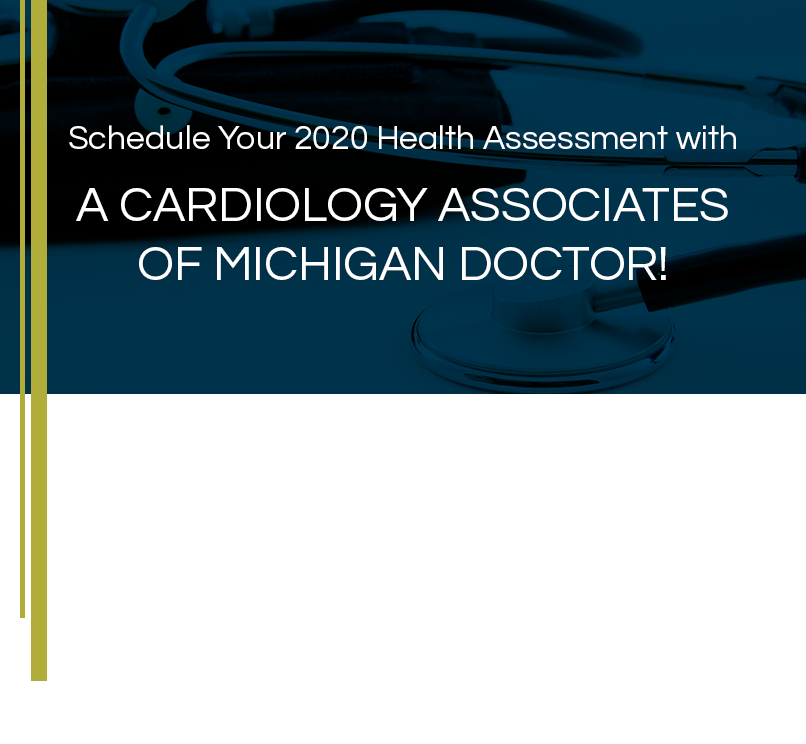What is Bradycardia? The Definitions, Symptoms, and Treatments
If you’ve ever been told you or someone you know has bradycardia, the first thing you likely said is, “What is bradycardia?” In simple terms, bradycardia is defined as a slow heart rate. Sometimes it’s cause for concern, and at other times it’s harmless.
Here’s what you should know about the condition.
What Bradycardia Is and Its Symptoms
Bradycardia is typically characterized by a heart rate that is less than 50 beats per minute. In some people, it can be harmless and show no symptoms or effects at all. In others it can be more dangerous, leading to issues such as dizziness and fainting due to lack of oxygen.
It can be a lifelong, chronic condition, or it may be a temporary condition that only lasts for a few minutes or hours on occasion.
Bradycardia can be caused by a sinus node dysfunction or a heart block. In the case of a heart block, the electrical connection between the upper and lower chambers of the heart doesn’t work as it should and causes the lower chamber that pumps blood out of the heart to beat slowly.
The average human heart rate is 50 to 100 beats per minute. Factors that affect your heart rate include age, activity level, and an imbalance of electrolytes. Your heart also beats slower when you’re sleeping.
You may be at greater risk of developing bradycardia if you:
- Have or have had heart disease or heart surgery
- Are 65 or older
- Have untreated high blood pressure
- Take certain medications
- Have other medical conditions
- Have a family history of a slow heart rate
The danger associated with bradycardia is when your heart beats slowly enough that your brain and other organs don’t get enough oxygen. Symptoms of this more dangerous situation may include:
- Dizziness/fainting
- Tiring easily
- Shortness of breath
- Difficulty focusing
- Heart palpitations
- Chest pain
- Seizures
Bradycardia Treatment and Testing
If your doctor discovers that your heart rate is low, tests and tools that may be used to identify bradycardia include an electrocardiogram, Holter monitor, and heart rate monitors, which can be found on certain wearable smart watches. An electrocardiogram measures your heart’s electrical activity, and a Holter monitor is a portable device that you wear for 24 to 72 hours to record your heart rhythm.
Your cardiologist will determine the best treatment regimen for you depending on your specific health factors. Treatments may include:
- Treating underlying conditions
- Adjusting or eliminating medications that may be causing the symptoms
- Correcting the electrolyte imbalance
- The use of a pacemaker in more serious cases
Whether your slow heart rate is causing problems or not, you should talk with your doctor if your heart rate is less than 50 beats per minute. Being informed about your condition can help you control it and identify related problems. In some cases, untreated bradycardia can lead to congestive heart failure, stroke, and even sudden death.
You should call 911 if you have sudden serious symptoms, such as shortness of breath, pain in the chest, lightheadedness, dizziness, fainting, or other conditions that require immediate care.





